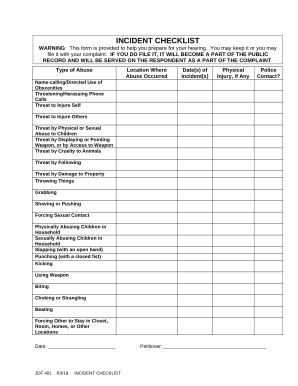
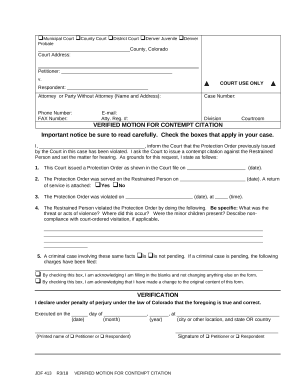
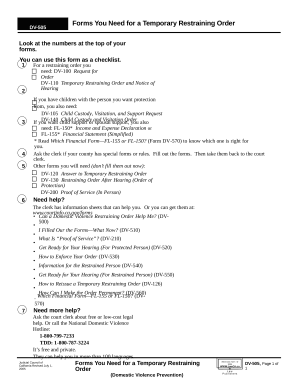


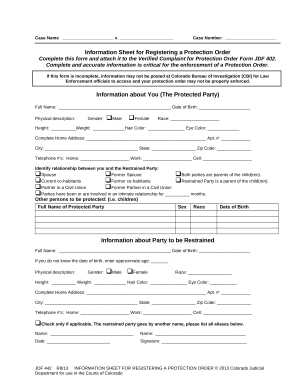



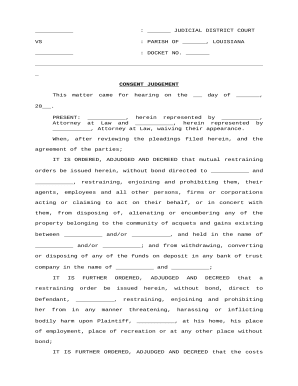
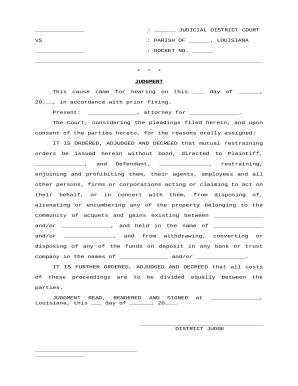
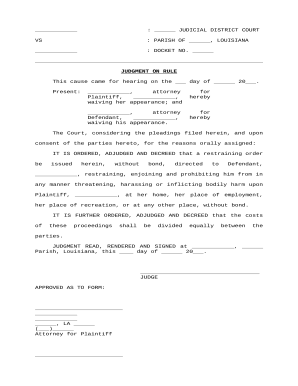
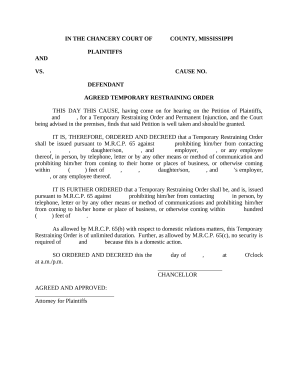
Document managing can stress you when you can’t locate all the documents you require. Luckily, with DocHub's extensive form categories, you can get everything you need and swiftly handle it without the need of switching among applications. Get our Legal forms for Restraining Orders and start utilizing them.
Using our Legal forms for Restraining Orders using these simple steps:
Try out DocHub and browse our Legal forms for Restraining Orders category with ease. Get a free account today!